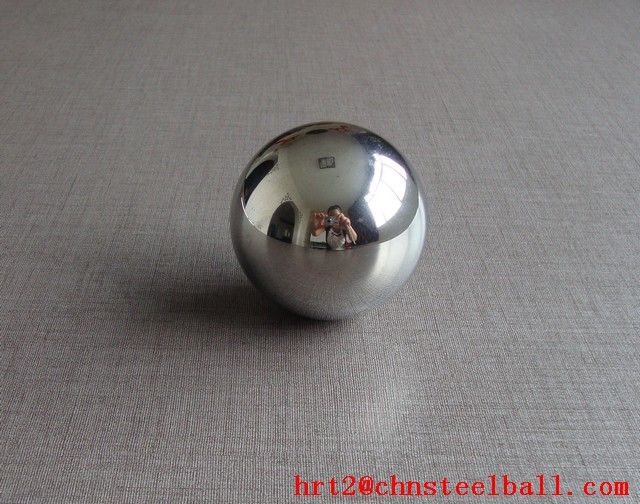
Industry news
Steel ball quenching heat treatment determines the quality of steel ball
Steel ball is divided into two kinds of forging and casting, the two steel ball each have their own advantages, but also have their own disadvantages, the following manufacturing point of view, to see what the difference between the two craft.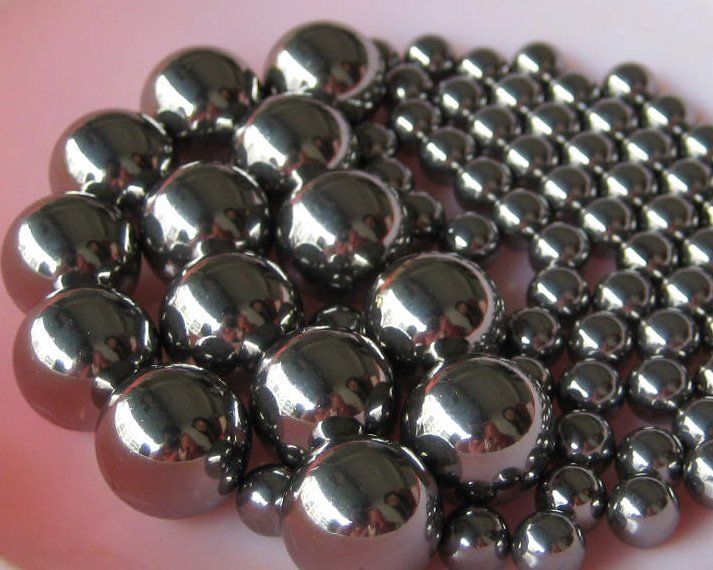
Low carbon alloy steel ball has good toughness and low price, under the same working conditions, its service life is l times higher than that of low chromium cast ball;
High manganese steel toughness, good technology, low prices, its main feature is in the larger impact or contact stress under the action of the surface layer will quickly produce work hardening, the work hardening index 5-7 times higher than other materials, Wear resistance has been greatly improved;
High-chromium cast iron is a wear-resistant material with excellent wear resistance, but lower toughness, brittle fracture prone and expensive.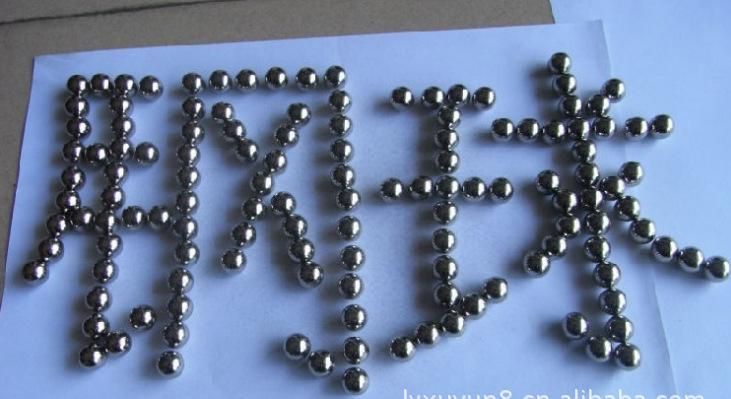
High-carbon and high-manganese alloy steel is mainly composed of chromium, molybdenum and other elements of the alloy steel, high hardness, good toughness, the matrix has martensite, bainite or bainite + martensite composite structure. Steel ball hardness of about HRC60, impact toughness ≥ 15J / CM2, under the same working conditions, the service life of at least 1 times higher than the high manganese steel ball.
But the quenching and tempering heat treatment of steel ball is the key. After quenching and tempering, not only the overall toughness needs to reach 12 joules / cm 2, but also requires considerable plasticity and wear resistance. However, the general casting process can only achieve 3-5 joules, resulting in crushing High rate, even if the high-chromium cast ball, so the intensity of the work conditions, the proposed use of forgings. The manufacture of steel ball is also a key factor in determining its service life. If the steel ball surface or internal defects in the manufacture, such as shrinkage, cracks, transcrystallization, etc., not only will reduce the performance of steel ball, and even cause steel ball broken. Therefore, reasonable forging, casting and heat treatment processes must be established in steel ball production. For example, for high-chromium cast iron balls, vertical casting and rational use of outer cooling iron should be adopted and the casting temperature should be strictly controlled. In this way, the steel ball can be cast with good solidification order and shrinkage conditions to obtain dense internal structure, And weaken the phenomenon of coarse grains. Steel ball heat treatment process determines its mechanical properties and the distribution of carbide morphology. Due to the presence of a certain amount of chromium and other alloying elements in the composition of the steel ball, how to make these alloying elements hard carbides fully exert one of the factors considered when formulating the heat treatment process. In short, to develop a reasonable production process and strict quality control measures, is to ensure that steel ball to achieve the performance of the prerequisite.

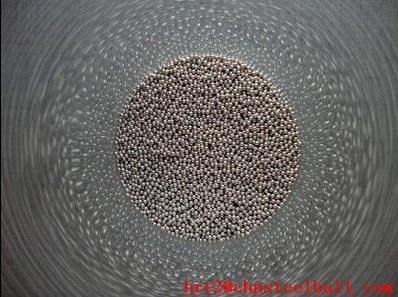
0.9mm Miniature Steel Ball SS316L G100
Material: SS316/SS316L Stainless Steel Size: 0.9mm Grade: G100 Hardness: HRC25-39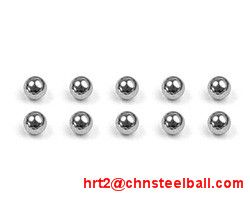
4.7625mm Chrome Steel Ball G50
Chrome Steel Ball AISI52100/SUJ-2 Material: chrome steel AISI52100/SUJ-2 Size: 4.7625mm Grade: G5~G1000 Hardness: HRC62-
2.0mm Brass Ball G200
Brass BallMaterial: BrassSize: 1.5mmGrade: G200Certificate: ISO9001, TS16949, ISO14001Application: electric instruments,ABOUT US
Our Steel Ball Factory mainly focuses on high precision miniature steel ball manufacture and development. High precision stainless steel ball, chrome steel ball, glass ball and plastic ball, especially the size range from 0.5mm to 6.0mm, the precision up to Grade 5, are the main products we engage in.
